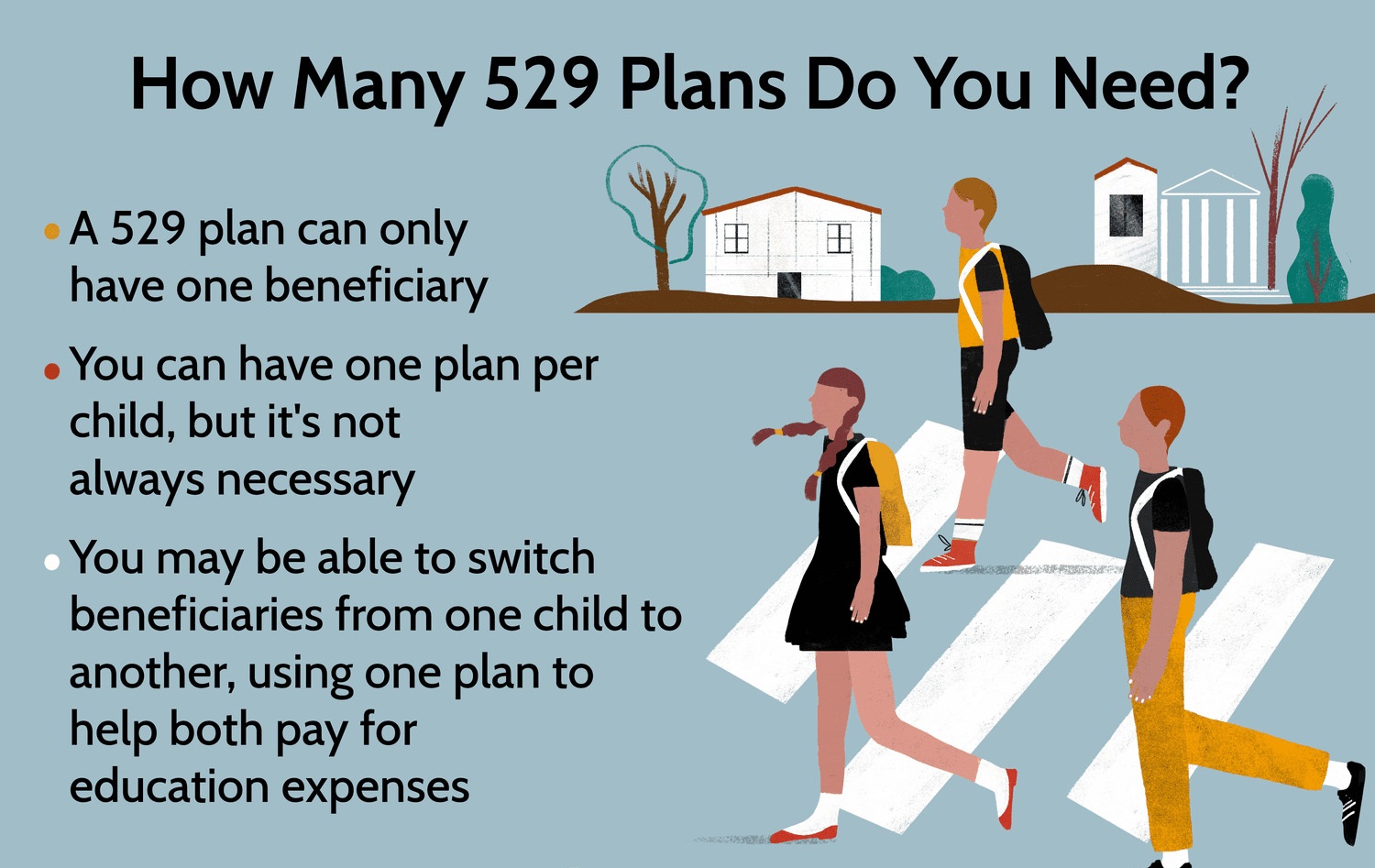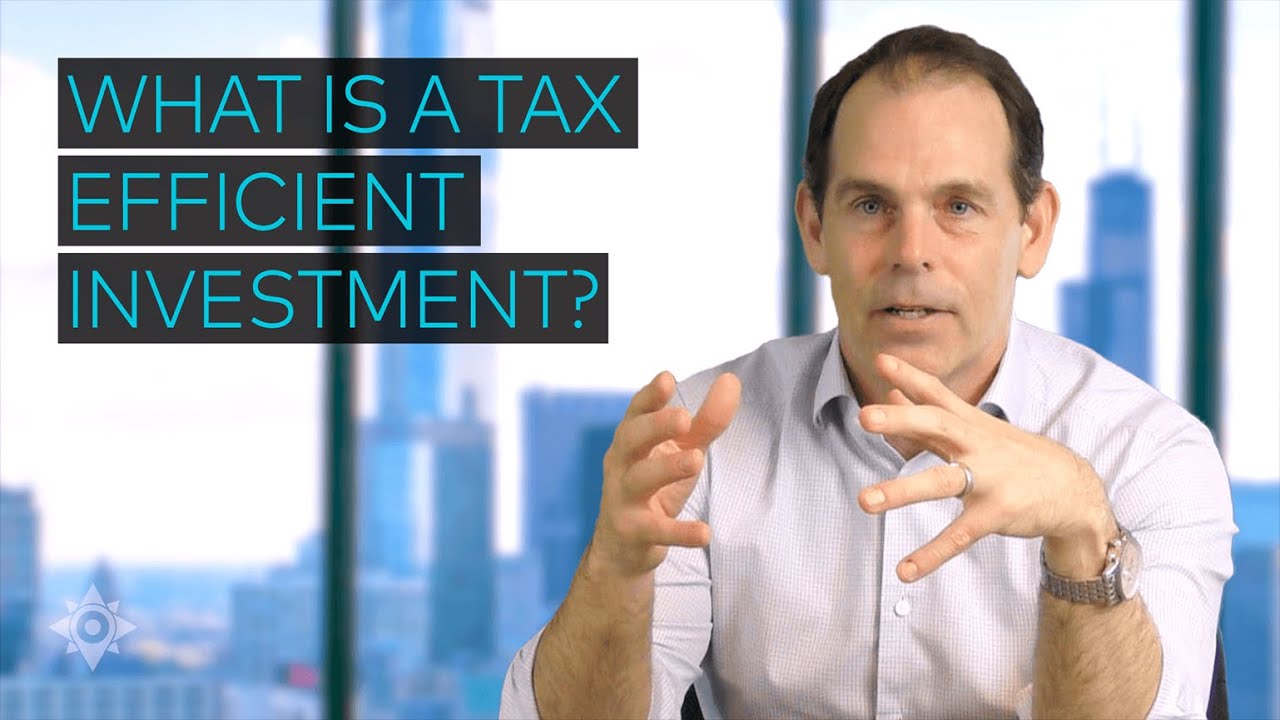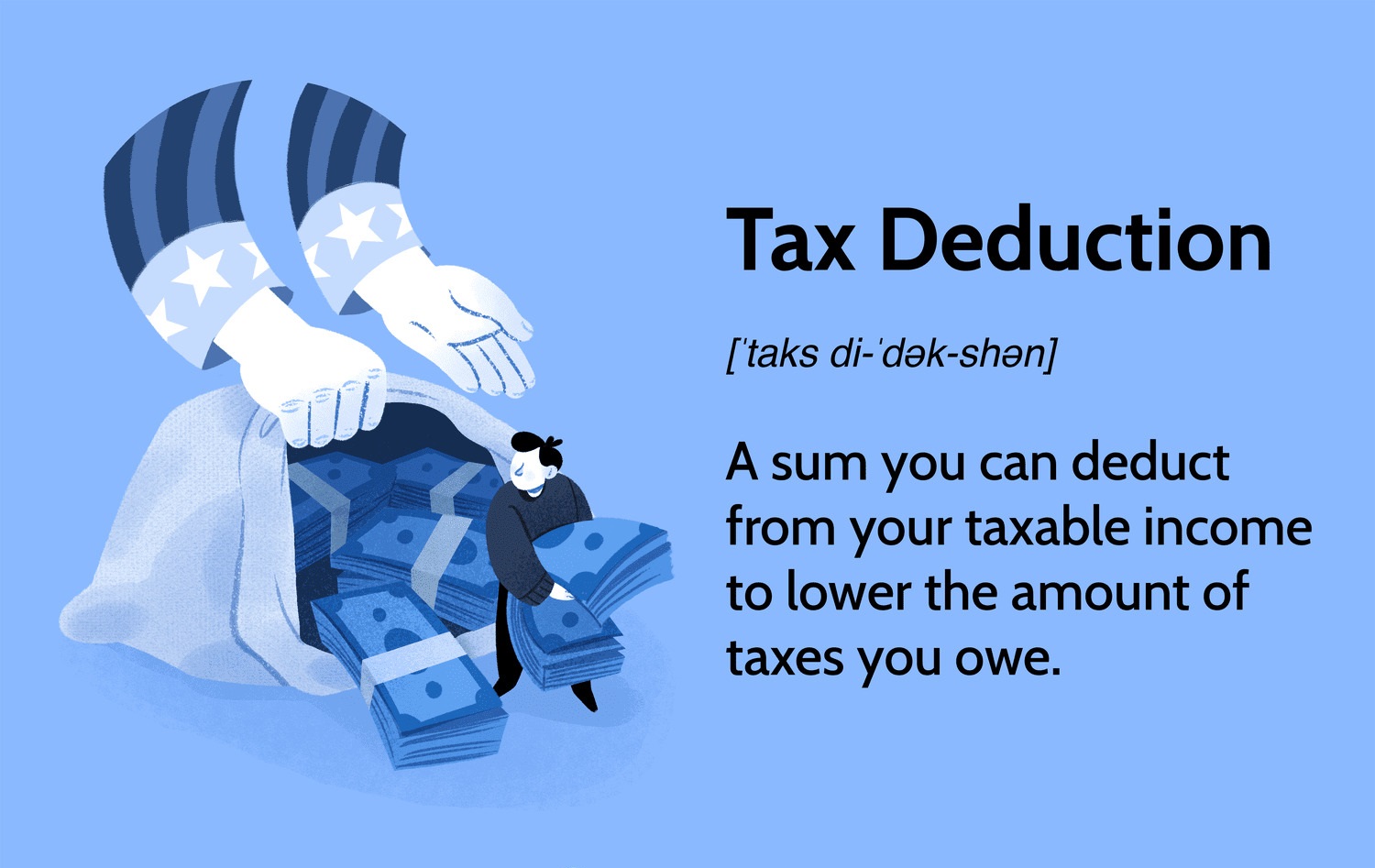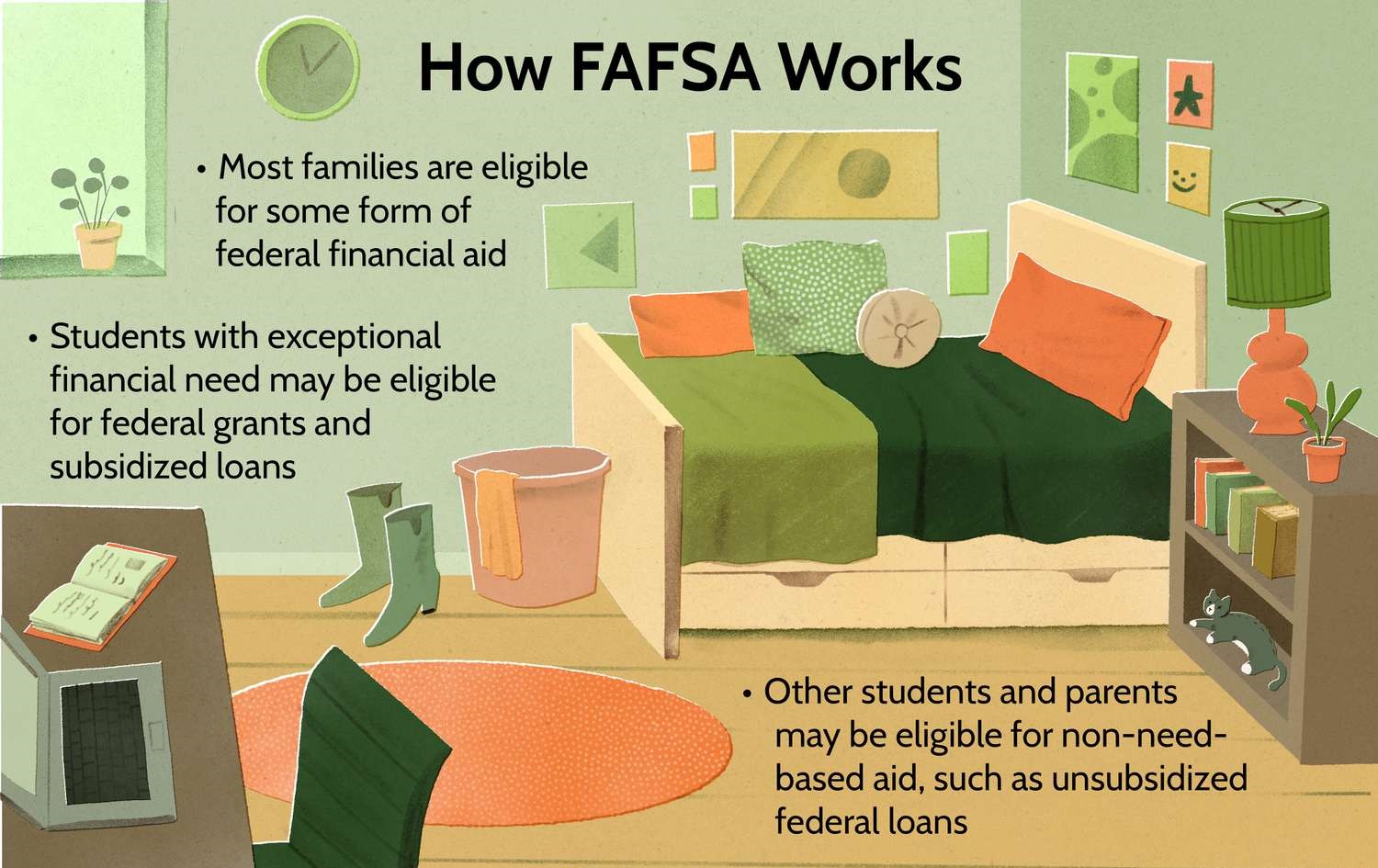Introduction
Choosing the right investments for your 529 plan is a crucial step towards securing a bright future for your child’s education. A 529 plan is a tax-advantaged savings account designed specifically for educational expenses. It allows you to invest funds that can grow over time and be used for qualified education expenses, such as tuition, books, and room and board.
While 529 plans offer a range of investment options, selecting the right ones can be overwhelming. It’s crucial to consider factors such as your investment goals, risk tolerance, and the fees associated with the investment choices. Additionally, diversification and proper portfolio balancing play a vital role in optimizing your returns.
This guide will walk you through the important considerations when choosing investments for your 529 plan. By understanding the various factors and seeking expert advice, you can make informed decisions that align with your financial goals and help fund your child’s educational journey.
Before diving into the specifics of investment selection, let’s explore the basics of 529 plans and how they can benefit you and your child in the long run.
Understanding 529 Plans
A 529 plan is a tax-advantaged savings account specifically designed to help individuals and families save for education expenses. These plans are named after Section 529 of the Internal Revenue Code, which governs their tax treatment.
There are two main types of 529 plans: prepaid tuition plans and college savings plans. Prepaid tuition plans allow you to purchase units or credits at participating colleges or universities in advance. This means you can lock in today’s tuition rates for future use, providing protection against rising education costs.
On the other hand, college savings plans allow you to invest your contributions into various investment options, such as mutual funds or exchange-traded funds (ETFs). The growth of your investments is tax-deferred, and withdrawals used for qualified education expenses are tax-free.
One of the key benefits of 529 plans is their favorable tax treatment. Contributions to these plans are not federally tax-deductible, but some states offer tax deductions or credits for contributions made to their own 529 plans. Additionally, the earnings within the plan are not subject to federal income tax as long as they are used for qualified education expenses.
It’s important to note that while 529 plans are primarily designed for higher education expenses, they can also be used for qualified K-12 expenses, including private school tuition. However, each state has its own guidelines and restrictions, so it’s essential to familiarize yourself with the specific rules of your state’s plan.
Now that we have a general understanding of 529 plans, let’s delve into the important considerations when it comes to choosing investments that align with your financial goals.
Determining Your Investment Goals
Before selecting investments for your 529 plan, it’s crucial to clearly define your investment goals. Ask yourself: What is the purpose of this investment? What is the timeframe until the funds will be needed?
Consider your child’s age and the number of years until they will start using the funds. This will help you determine the appropriate level of risk you should be willing to take. If your child is still young, you may have a longer time horizon and can afford to take on more risk for potentially higher returns. However, if your child is approaching college age, you may want to prioritize preservation of capital and focus on more conservative investment options.
In addition to the timeframe, think about the specific education expenses you want to cover. Will you be using the funds for tuition only, or do you plan to cover other expenses such as books, room, and board? Having a clear understanding of your goals will help guide your investment decisions.
It’s also important to consider your own financial situation and risk tolerance. While investing always involves some level of risk, understanding how much risk you are comfortable with is crucial. Some individuals may have a higher risk tolerance and be willing to invest in more aggressive options, while others may prefer a more conservative approach.
Once you have a clear idea of your investment goals, time horizon, and risk tolerance, you can move on to researching and evaluating different investment options for your 529 plan. Keep these factors in mind as they will inform your investment decisions and help you achieve the best possible outcome for your child’s education fund.
Researching Different Investment Options
When it comes to choosing investments for your 529 plan, it’s essential to conduct thorough research and evaluate the different options available to you. This will ensure that you make informed decisions based on your investment goals and risk tolerance.
Start by familiarizing yourself with the investment options offered by your specific 529 plan. Most plans provide a range of investment choices, such as mutual funds, index funds, and age-based portfolios. Each investment option carries its own level of risk and potential for return.
Take the time to review the prospectus for each investment option. This document contains important information about the fund, including its investment objective, past performance, fees, and risks. Pay close attention to the historical returns of the funds and compare them to their respective benchmarks.
Consider diversification when researching investment options. Diversifying your portfolio involves spreading your investments across different asset classes, such as stocks, bonds, and cash. By diversifying, you can potentially reduce risk and increase the likelihood of consistent returns.
Another important factor to consider is the expense ratio of each investment option. The expense ratio represents the annual fee charged by the fund for managing your investments. Lower expense ratios can translate to higher investment returns over the long term, so it’s beneficial to choose options with reasonable fees.
In addition to the options offered by your 529 plan, you may also explore investments outside of the plan. For example, you could consider opening a separate brokerage account and investing in individual stocks or bonds. However, it’s important to evaluate the tax benefits and potential risks associated with such investments.
Don’t forget to seek expert advice when researching investment options. Financial advisors and investment professionals can provide valuable insights and help you navigate the complexities of the investment landscape. They can assist in assessing your needs, creating an investment strategy, and monitoring the performance of your chosen investments.
By conducting thorough research and considering factors such as historical performance, diversification, expense ratios, and professional advice, you can make informed decisions when selecting the investment options for your 529 plan. This will help you build a strong foundation for funding your child’s education and maximizing your returns.
Considerations for Risk Tolerance
When choosing investments for your 529 plan, one of the most important factors to consider is your risk tolerance. Risk tolerance refers to your ability and willingness to withstand fluctuations in the value of your investments.
Assessing your risk tolerance is a critical step in determining the appropriate investment strategy. It’s important to strike a balance between potentially higher returns and the level of risk you are comfortable taking on.
Start by evaluating your financial goals and the time horizon for your 529 plan. If your child is young and you have many years until the funds will be needed, you may have a higher tolerance for risk. This means you may be willing to invest in assets that have the potential for higher returns, such as stocks or equity-based funds.
On the other hand, if your child is approaching college age and you will need to access the funds in the near future, you may have a lower tolerance for risk. In this case, you may prefer more conservative investment options, such as bonds or cash equivalents, that have a lower potential for growth but also lower volatility.
It’s important to consider your emotional ability to handle market fluctuations as well. If you find yourself getting anxious or losing sleep over market downturns, it may indicate that you have a lower risk tolerance. It’s crucial to choose investments that align with your comfort level and allow you to stay committed to your long-term investment strategy.
Additionally, diversification plays a key role in managing risk. Diversifying your portfolio by investing in a mix of asset classes and sectors can help mitigate the impact of losses in any one investment. By spreading your investments across different areas, you reduce the risk of being overly exposed to one specific market or industry.
Remember, risk tolerance is a personal decision and can vary from individual to individual. It’s essential to have an honest assessment of your comfort level with risk and choose investments that align with your financial goals and emotional resilience.
By carefully considering your risk tolerance, you can select investments for your 529 plan that strike the right balance between potential returns and your comfort with market volatility. This will help you create a well-suited investment strategy that aligns with your financial needs and goals.
Evaluating Investment Management Fees
When choosing investments for your 529 plan, it’s important to consider the investment management fees associated with each option. These fees can have a significant impact on your overall returns and should be carefully evaluated.
Investment management fees are typically charged as a percentage of your total investment, known as the expense ratio. This fee covers the costs of managing and operating the investment option, including administrative expenses, research, and management fees.
It’s important to compare the expense ratios of different investment options to ensure you are getting the best value for your money. Higher expense ratios can eat into your investment returns over time, while lower expense ratios can leave you with more money available for your child’s education.
However, it’s important to consider that lower expense ratios may not always be the sole determining factor in selecting investment options. It’s crucial to balance the expense ratio with the potential for returns and the level of risk associated with the investment.
In addition to the expense ratio, it’s essential to be aware of other fees that may be associated with your 529 plan. These can include sales charges, account maintenance fees, and administrative expenses. Familiarize yourself with the fee structure of your plan and weigh these costs against the potential benefits and performance of the investment options.
When reviewing investment options, look for transparency regarding fees. Some plans may offer a range of investment choices with different fee structures, allowing you to select options that align with your budget and investment goals.
Another consideration is the potential tax advantages of specific investment options. Some plans offer low-cost index funds or passively managed funds, which tend to have lower expense ratios. Additionally, certain investment options may offer tax benefits or incentives specific to your state. Explore whether your state offers tax deductions or credits based on your contributions to a 529 plan when evaluating the potential impact of investment fees.
Remember, while fees are an important consideration, they should be evaluated in the context of other factors such as risk, potential returns, and tax advantages. Strive for a balance between investment options that offer reasonable fees and align with your overall investment strategy.
By carefully evaluating and comparing the investment management fees associated with different options, you can make informed decisions that optimize your investment returns and help you achieve your educational funding goals.
Diversifying Your Portfolio
One of the fundamental principles of investment is diversification. Diversifying your portfolio means spreading your investments across different asset classes and securities to reduce risk and potentially increase returns.
When it comes to your 529 plan, diversification is crucial for managing risk and maximizing growth potential. By investing in a mix of asset classes, you can minimize the impact of volatility in any one investment and increase the likelihood of consistent returns over time.
There are several ways to achieve diversification within your 529 plan:
- Asset allocation: Allocate your investments across different asset classes, such as stocks, bonds, and cash equivalents. Each asset class carries its own risk and return characteristics, so diversifying across them can help balance your overall portfolio.
- Geographic diversification: Invest in assets across different geographic regions. This can help mitigate the risk of being overly exposed to a specific country or region’s economic performance.
- Sector diversification: Spread your investments across different sectors of the economy, such as technology, healthcare, or energy. This can protect your portfolio from sector-specific risks and take advantage of opportunities in different industries.
- Market-cap diversification: Invest in companies of varying market capitalizations, such as large-cap, mid-cap, and small-cap stocks. Different-sized companies may perform differently under various market conditions, so diversifying across market caps can help manage risk.
- Investment type diversification: Include a mix of investment types, such as mutual funds, index funds, and individual stocks or bonds. Each investment type has its own risk and return characteristics, so diversifying across them can provide a well-rounded portfolio.
It’s important to note that diversification does not guarantee a profit or protect against loss. However, it can help smooth out the ups and downs of individual investments and reduce the overall risk of your portfolio.
Regularly review and rebalance your portfolio to maintain diversification. Over time, some investments may outperform others, causing your portfolio to become unbalanced. Rebalancing involves selling assets that have become overweight and buying assets that have become underweight to bring your portfolio back in line with your desired asset allocation.
By diversifying your 529 plan portfolio, you can potentially enhance returns and reduce the impact of volatility. This approach aligns with the long-term nature of saving for education expenses and helps you build a resilient investment strategy.
Balancing Your Investment Portfolio
As you build and manage your investment portfolio within your 529 plan, it’s important to maintain a proper balance that aligns with your investment goals and risk tolerance. This involves periodically examining and adjusting your portfolio to ensure it remains on track.
Portfolio balancing refers to the act of redistributing your investments across different asset classes and securities to maintain your desired asset allocation. Over time, certain investments may perform better than others, causing your portfolio to deviate from your original allocation.
There are a few key considerations when it comes to balancing your investment portfolio:
- Asset allocation targets: Determine the ideal mix of asset classes based on your investment objectives and risk tolerance. For example, you may choose to allocate 60% of your portfolio to stocks and 40% to bonds. Regularly evaluate your current allocation and rebalance if needed to stay true to your targets.
- Time horizon: Consider your time horizon for needing the funds in your 529 plan. If you have a longer time horizon, you may be able to take on more risk and allocate a larger portion of your portfolio to higher-growth assets. As the time approaches for using the funds, you may want to shift towards more conservative investments.
- Review and assess performance: Regularly review the performance of your investments. Consider the returns, volatility, and overall performance of each investment option in your portfolio. This can help you identify investments that may require adjustment or replacement.
- Rebalancing strategies: There are different ways to rebalance your portfolio. You can rebalance based on a specific time interval (e.g., annually or semi-annually) or when the portfolio deviates significantly from your target allocation. Decide on a rebalancing strategy that suits your needs and regularly follow through with the necessary adjustments.
- Taking advantage of market opportunities: Use rebalancing as an opportunity to take advantage of market trends and opportunities. When performing portfolio adjustments, consider reallocating funds to investments that have potential for growth or have become undervalued.
Remember, portfolio balancing is an ongoing process that requires attention and periodic adjustments. Continuously monitoring and evaluating your investments will help keep your portfolio aligned with your investment goals and risk tolerance.
Consider consulting with a financial advisor who can provide expert guidance on portfolio balancing and help ensure that your 529 plan is on track to achieve your educational funding objectives.
By regularly balancing your investment portfolio within your 529 plan, you can manage risk, optimize returns, and ensure that your investments align with your long-term financial goals.
Expert Advice on Choosing Investments
Choosing the right investments for your 529 plan can be complex, and seeking expert advice can provide invaluable guidance throughout the process. Financial advisors and investment professionals can offer insights, expertise, and personalized recommendations to help you make well-informed decisions.
Here are a few reasons why seeking expert advice can be beneficial:
- Objective guidance: Financial advisors can provide an objective perspective on your investment goals, risk tolerance, and time horizon. They can assess your unique financial situation and help you develop a tailored investment strategy.
- Knowledge of investment options: Investment professionals have in-depth knowledge of the various investment options available for your 529 plan. They can explain complex financial concepts and help you understand the pros and cons of each option.
- Tailored investment recommendations: An advisor can recommend specific investment options that align with your goals and provide a diversified portfolio. They understand the importance of asset allocation, risk management, and selecting investments with favorable long-term prospects.
- Monitoring and rebalancing: A financial advisor can help monitor your investments and periodically rebalance your portfolio. They will keep an eye on market trends and make timely adjustments to ensure your portfolio remains aligned with your investment strategy.
- Tax considerations: Investment professionals can provide insights on the tax implications of different investment choices. They can help you understand tax deductions, credits, and strategies that can optimize the tax benefits of your 529 plan.
When choosing an advisor, consider their qualifications, experience, and expertise in the field of education planning and investment management. Look for professionals who are certified financial planners (CFP), chartered financial analysts (CFA), or registered investment advisors (RIA).
Additionally, make sure the advisor operates within a fiduciary capacity. This means they are legally obligated to act in your best interest and provide recommendations that are suitable for your unique financial situation.
Collaborating with an expert can give you peace of mind knowing that you are making informed decisions about your 529 plan investments. It also allows you to tap into their knowledge and experience, ultimately helping you optimize your investment returns and meet your educational funding goals.
Remember, while expert advice can be valuable, always maintain an active and ongoing role in managing your investments. Stay informed, ask questions, and regularly review the performance of your investments to ensure they remain aligned with your goals.
Conclusion
Choosing the right investments for your 529 plan is a crucial step towards securing a bright future for your child’s education. By understanding the basics of 529 plans, determining your investment goals, researching different investment options, considering your risk tolerance, evaluating investment management fees, diversifying your portfolio, and balancing your investment portfolio, you can make informed decisions that align with your financial goals.
It’s important to conduct thorough research, consider your risk tolerance, and seek expert advice when needed. Keep in mind that investment management fees and diversification play key roles in optimizing your returns and managing risk. Regularly monitoring and rebalancing your portfolio will help ensure that it remains aligned with your investment goals over time.
Remember, your child’s education is an important investment, and choosing the right investments for your 529 plan is a long-term commitment. By being proactive, informed, and strategic in your decision-making, you can create an investment strategy that not only supports your child’s educational journey but also provides financial security for their future.
Seeking expert advice, staying informed about investment options and market trends, and periodically reviewing and adjusting your portfolio will help you navigate the complexities of investing and make well-informed decisions. With careful planning and attention, your 529 plan can become a powerful tool for funding your child’s education and setting them up for success.

























